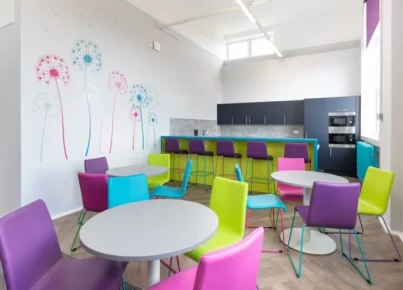Introduction
As a principal, one of your primary responsibilities is to create a positive learning environment for students and teachers alike. A key component of this environment is effective classroom management. In this article, we will explore five classroom management strategies that you, as a principal, can implement to help support your teachers and improve the overall school climate.
1. Set Clear Expectations and Consistent School-wide Policies
One of the most important things you can do as a principal is to establish clear expectations and consistent policies for behavior across the entire school. This includes creating and communicating rules, rewards, and consequences for students and staff alike. By promoting consistency across classrooms, you not only make it easier for teachers to align their own classroom management practices with the school’s policies but also create a predictable learning environment where students understand what is expected of them.
2. Support Teachers through Professional Development
A well-trained and knowledgeable teaching staff plays an indispensable role in effective classroom management. Invest in professional development opportunities for your teachers that focus on best practices for managing classrooms, managing challenging behavior, and using positive reinforcement strategies. Regular training sessions will help your staff feel more confident, competent, and empowered in their ability to maintain control of their classrooms.
3. Foster Strong Communication between School Staff
Open lines of communication between all members of the school community are essential when it comes to maintaining order and organization. Encourage regular meetings among teachers where they can share their successes, challenges, and strategies with one another. Similarly, support easy access to yourself as the principal by making yourself available for questions or concerns from both teachers and staff.
4. Involve Parents in Classroom Management Efforts
Parents play a crucial role in establishing an effective classroom management plan. Establishing strong relationships with parents can help to maintain open lines of communication regarding student behavior both at home and at school. Invite parents to be actively involved in discipline policies through avenues like parent-teacher conferences, behavior agreements, and volunteering opportunities. By fostering these relationships with parents, you strengthen the essential partnership needed to promote positive student behavior.
5. Take a Proactive Approach to Identifying and Addressing Issues
Effective classroom management starts with proactive measures to identify potential problems and address them before they grow into larger concerns. Collect data on behavior patterns, academic performance, and attendance trends to identify areas that may require additional support or intervention. Likewise, establish visible supervision in high-traffic areas by school staff members to maintain order and create a positive school atmosphere.
Conclusion
By adopting these five classroom management strategies as a principal, you’ll take significant strides towards creating a harmonious, positive learning environment in your school. Proper classroom management leads to increased student achievement, improved teacher job satisfaction, and greater community engagement. Invest in your students, teachers, and wider school community by making effective classroom management policies a top priority for your school leadership team.




